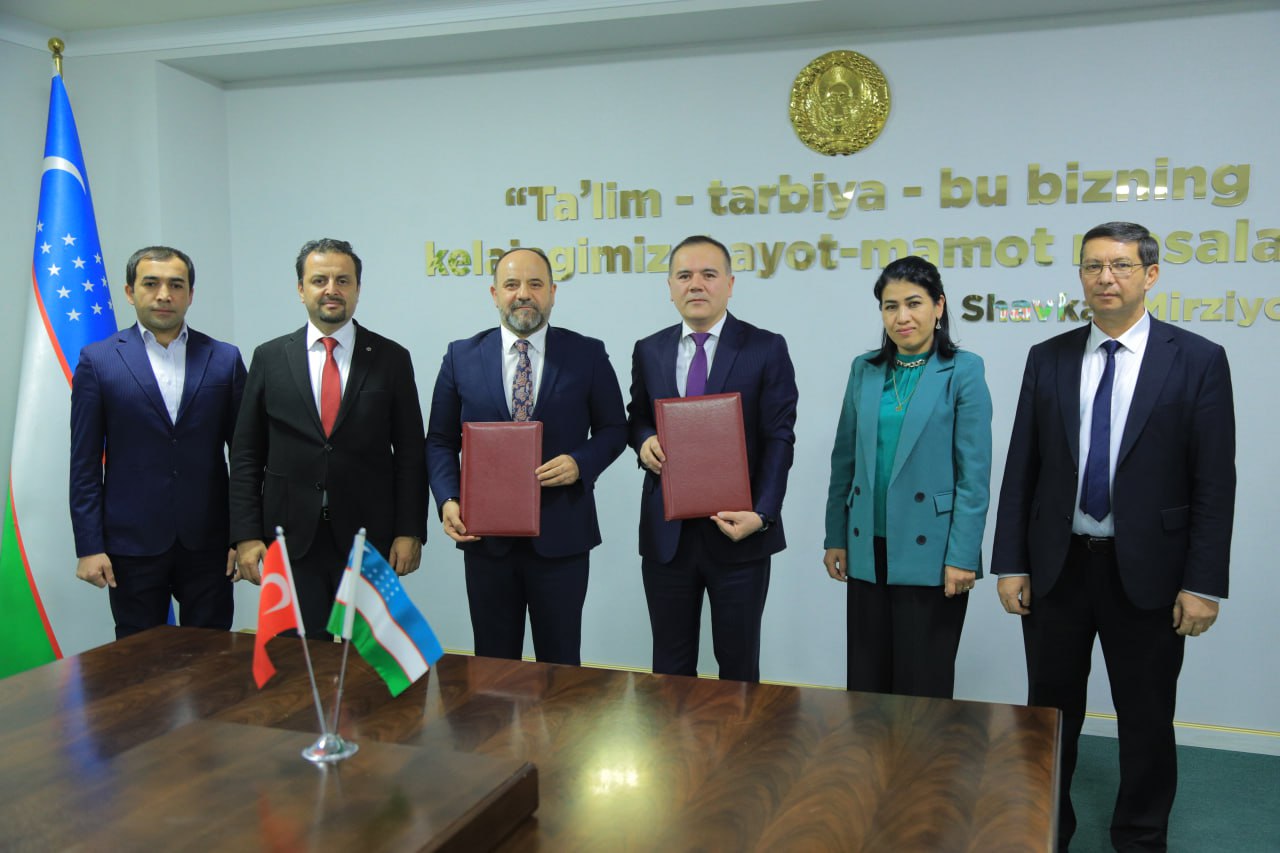Safarova Fotima Ne’matulla qizi
Jizzakh State Pedagogical University
E-mail: fotimanematullaevna@gmail.com
Abstract: This article illustrates famous American writer William Faulkner’s stories artistic originality and its peculiar features. Some analyzes on his short stories and the connection, relationship between the stories are showed in the article as well.
Key words: story, novel, connection, prose, genre, lyrical cycle, narrative sequence, literary criticism.
William Faulkner was an outstanding American writer of the 20th century, author of novels, short stories and short stories. He made a significant contribution to the formation of modern English-language literary consciousness, and his artistic discoveries determined the development of American literature in the 1950-90s. Faulkner’s prose is represented by his stories, and he developed his own style of novelistic narration. William Faulkner’s short stories were popular with the reader and his novels were praised by critics, leading to the concept of the “southern tradition” in American literature. However, his vulnerabilities as a prose writer could ruin a lesser talent.
Moreover, Faulkner analyzed his own work in detail and built a hierarchy of genres, and his attitude to the genre of the story in his prose is serious. His short prose was an organic part of his larger works and became a kind of experimental field on which the prototypes of his future novels were created. Examples of this can be seen in the story ”Evangeline”, which was not published during the writer’s lifetime, and the novel ”Absalom, Absalom!”. Faulkner’s works are among the most influential of the first third of the 20th century, and he regularly published his works in leading US literary and art magazines. He also published two books that synthetically combine the features of a collection of short stories and short stories, a short story cycle and a novel at the same time. His narrative strategy has left an imprint on the entire “Yoknapatof cycle”, regardless of genre. Faulkner`s short stories of the 1930s, which manifests itself in the process of transforming a collection of short stories into a short story cycle as the most important element of his prose. Accordingly, the relevance of the work is determined by the fact that such an approach provides an opportunity for a deeper understanding of the writer’s artistic intention and its implementation at a certain stage of creativity, allows you to show the features of the evolution of Faulkner as a short story writer against the background of his work in general, literature and culture of the United States of the 1930s. , to determine the influence of the writer on American short stories of subsequent years. Due to the fact that our work, despite its historical and literary nature, concerns a number of theoretical and literary problems and, in particular, the issue of the formation of a short story cycle – as well as the problem of ‘‘cyclization‘‘ in general – let us explain that in interpreting this phenomenon, we adhere to the point of view developed by domestic literary criticism of recent decades principle or community of characters.[1]
Despite the fact that the vast majority of researchers paid attention primarily to the “lyrical cycle” [2], the process of “cyclization” in Russian literature of the 19th century was also studied in sufficient detail [3]. This is pointed out, in particular, by the well-known specialist in the theory of the cycle, M. N. At the same time, the literary critic`s observations on the most important characteristics of the ‘‘lyrical cycle‘‘ are easily transferred beyond the limits of lyrics – to the prose, in particular the short story cycle.
Furthermore, “The integrity of a cyclic art form, in our opinion, is formed not due to the elimination of the primary integrity of its constituent elements, but on the condition of its preservation,” the author notes. The integrity of the cycle is directly dependent on the degree of structural autonomy of its constituent elements, and its unity should be considered as a unity of opposites, characterized by the action of both centripetal and centrifugal forces. Therefore, the well-known ‘‘extraction‘‘ of an individual poem from the context of the cycle is no less important feature than its integrity or ‘‘indivisibility‘‘. The integrity of the cycle as a work of art, with all the autonomy and independent significance of the works included in it, is also indicated. This characteristic can be extended to the novelistic cycle.
Eventually, it is no coincidence that, going beyond the lyric, the researcher points to another parameter of the cycle as an artistic whole: “The specificity of the interaction of the part and the whole in a cyclic structure, in our opinion, is that the part (individual work) is, as it were, subject to the action of two opposite forces. Therefore, a separate work in a cycle is not quite like a part in an independent literary work. Outside of Gogol’s Dead Souls, The Tale of Captain Kopeikin can hardly exist as a full-fledged independent literary work, while a separate work of the cycle and outside the cycle retains the status of its independence in artistic quality “[4] (e.g, intertextual) connection of the elements that make up the cycle; in the case of a novelistic cycle, the short stories or short stories that form it. In a cyclic art form, in our opinion, it is not so much the subordination of the part to the whole, as in an independent literary work, that is important, but the very connection of the parts.
In conclusion, one must also bear in mind the fact that the connection of parts (separate, say, poetic works) in a cycle, apparently, qualitatively differs from the connections of parts in an independent literary work, also because it does not have a “ready-made” form (narrative sequence), but exists only as a possibility (sometimes hidden), which can be realized only in the reader`s perception” [5] In connection with the theme we have declared, the problem of the relationship between the short stories in the system of prose genres deserves special attention. Domestic literary criticism, as you know, at different times suggested either considering the story and the short story as two close, but nevertheless not identical to each other varieties of small prose, or as examples of domestic and foreign versions of the “small prose epic genre” [6].
Reference:
- Dictionary of World Literary Terms: Forms, Technique, Criticism / Shipley Joseph Т., ed. London: George Allen and Unwin Ltd., 1970. – 279 p.
- Dominicus A. M. An Interview with William Faulkner // Faulkner Studies.- 1952-1954. -N3.-P, 33-37.
- Doyle Ch. The Moral World of Faulkner // Renascence, 19. P. 3-12.
- England Martha Winburn. Quentin’s Story: Chronology and Explication // College English. 1960-1961. – N 22. – P. 228-235.
- Essays on American Literature in Honor of Jay B. Hubbell / Gohdes Clarence, ed. Durham; New York: Duke University Press, 1967. – 256 p.
- Fakhri Sal eh, Ghassan Kanafant; AL-Riwaya Wa AL-Ediologia (Novel and Ideology) // AL-Katib AL-Arabi. 1984 (August). – P. 48-59,





